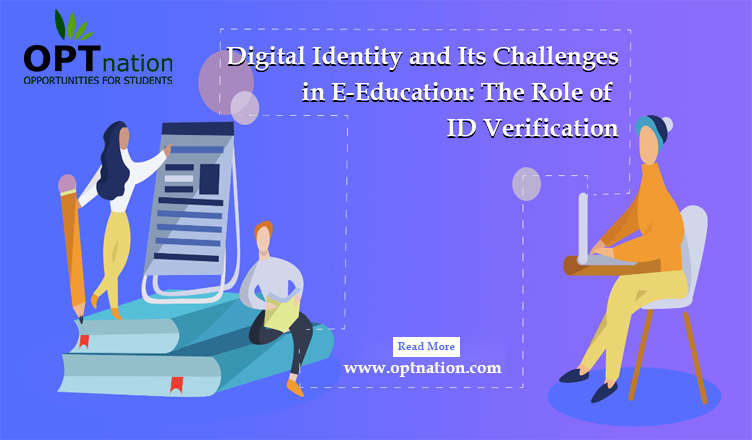In an era of technological advancement, e-education or online learning has become a significant aspect of the educational landscape. It offers flexibility, accessibility, and a vast range of resources that traditional brick-and-mortar institutions struggle to match. However, with this innovative mode of learning comes a new set of challenges, most notably in managing digital identity through ID verification. In this article, we will delve into the complexities of ID verification in e-education, its challenges, and potential solutions.
Understanding Digital Identity in E-Education
In an online learning environment, a student’s digital identity is a representation of who they are. It is a crucial aspect of e-education that ensures students can participate in online courses and interact within the virtual learning community. Central to the management of this digital identity is the process of ID Verify.
ID verification is the process of validating an individual’s identity, ensuring the person claiming a specific identity is indeed who they claim to be. In e-education, ID Verify is used to authenticate a student’s identity when they sign up for a course, participate in a test, or engage in any activity that requires identity confirmation.
The Challenges of ID Verification in E-Education
While ID verification is a critical tool in e-education, implementing it successfully poses several challenges.
The Privacy Dilemma
Balancing the need for ID verification with respecting students’ privacy is a significant challenge. Schools need to verify identities to ensure academic integrity, but they also need to protect sensitive student data. The use of robust encryption methods and strict privacy policies is necessary to address this challenge.
Accessibility and User Experience
An effective ID verification process should not become a barrier to access e-education. Schools must ensure the process is straightforward, non-invasive, and easy to complete. It’s about striking a balance between security and user experience, ensuring the ID Verify process doesn’t deter potential students.
Technology and Infrastructure
E-education providers require strong technological and infrastructural support to implement and manage an effective ID verification system. This could pose a challenge for institutions with limited resources.
Academic Integrity
ID verification is critical in maintaining academic integrity in e-education. It prevents impersonation during online tests and ensures that the person receiving credit for the work is the one who actually did it. However, fraudsters are always finding new ways to cheat the system, creating a constant challenge.
Potential Solutions and The Future of ID Verification in E-Education
While these challenges may seem daunting, potential solutions are being developed and refined. Biometric technology, for example, is making it possible to use fingerprints, facial recognition, and voice patterns for ID Verify, making the process more secure and difficult to bypass.
Blockchain technology is another promising solution. It allows for the creation of immutable, verifiable records of a student’s identity and academic achievements, reducing the risk of fraud.
Looking to the future, it’s clear that e-education will continue to evolve alongside advancements in technology. This evolution will require constant refinement of ID verification processes to ensure academic integrity, privacy, accessibility, and a positive user experience.
Conclusion
As e-education continues to grow, the importance of managing digital identity through ID verification will remain paramount. It is a critical component that ensures the integrity and credibility of online learning.
By addressing the challenges of ID Verify head-on and exploring innovative solutions, e-education providers can make the most of this exciting new frontier in education. It’s a complex issue, but one that holds the key to unlocking the full potential of e-education.
In a world that’s becoming increasingly digital, ID verification in e-education isn’t just a requirement – it’s an essential element for shaping a future where online learning is as respected and trusted as traditional education.

